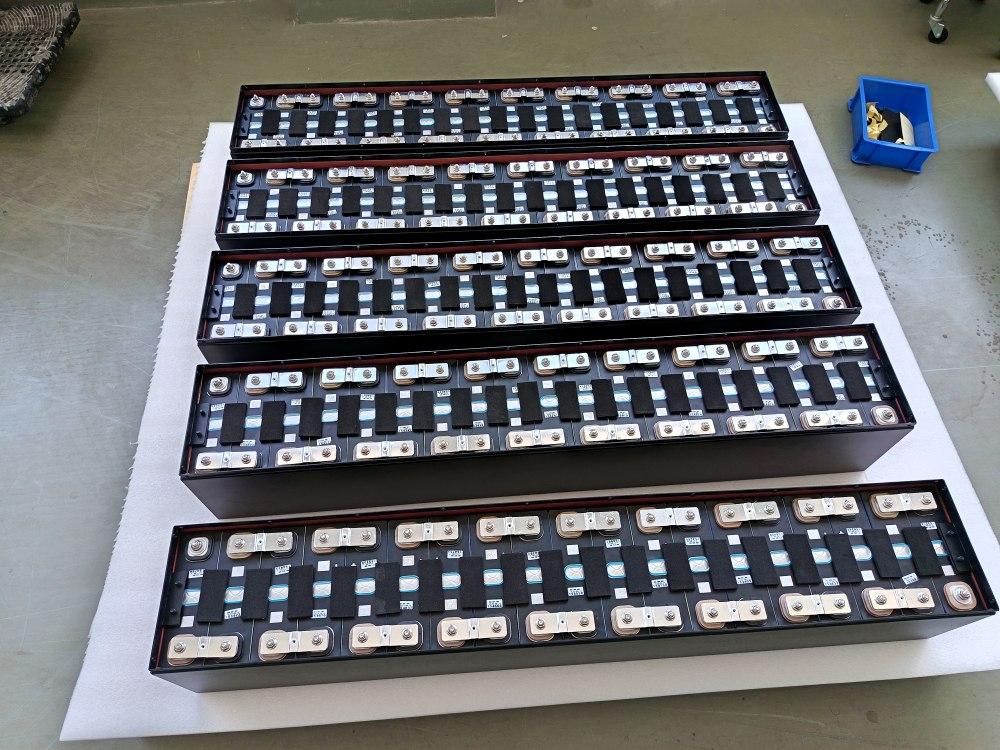
In the world of energy storage, lithium iron phosphate (LiFePO4) batteries have gained significant attention thanks to their impressive performance and strong safety profile. A common question that comes up is whether these batteries need to be vented. In this article, we’ll take a closer look at LiFePO4 batteries—how they’re built, their benefits, and key safety aspects—to help clarify whether venting is really necessary.
LiFePO4 batteries, short for lithium iron phosphate batteries, are a type of lithium-ion battery. They’re known for their high energy density, long cycle life, and better safety compared to other lithium-ion chemistries.
A LiFePO4 battery consists of a cathode (positive electrode), an anode (negative electrode), a separator, and an electrolyte. The cathode is made of lithium iron phosphate, while the anode is usually graphite. The separator and electrolyte work together to allow lithium ions to move between the electrodes during charging and discharging.
LiFePO4 batteries offer several advantages, including excellent thermal stability, a low risk of thermal runaway, a long lifespan, and reliable performance across a wide range of temperatures. These qualities make them a great fit for everything from portable electronics to electric vehicles.
Traditional lithium-ion batteries can sometimes go into thermal runaway—a situation where the battery overheats uncontrollably, potentially leading to fire or explosion. To reduce this risk, such batteries are often designed with venting mechanisms to release built-up gases and relieve pressure.
LiFePO4 batteries have a different chemistry that greatly lowers the risk of thermal runaway. Their iron phosphate cathode is more structurally stable, making them inherently safer than other lithium-ion types. Because of this, frequent venting isn’t usually needed.
Thermal runaway can be caused by overcharging, exposure to high temperatures, or physical damage. LiFePO4 batteries often come with built-in safety features like advanced battery management systems that monitor and control these conditions, minimizing the chances of thermal runaway.
The stable chemical structure of LiFePO4 batteries significantly reduces the likelihood of thermal runaway. This built-in stability is a major reason why they’re considered one of the safest options for energy storage.
LiFePO4 batteries typically use a solid electrolyte, which removes the risk of electrolyte leakage and related hazards. This solid-state design adds to their overall safety and durability.
LiFePO4 batteries are commonly equipped with sophisticated battery management systems (BMS) that oversee charging, discharging, and temperature regulation. These systems help prevent overcharging, over-discharging, and overheating—enhancing both safety and battery life.
Thanks to their stable chemistry, LiFePO4 batteries have a much lower risk of thermal runaway. This means they are less likely to produce excessive heat or gases that would require venting.
Although LiFePO4 batteries generally don’t need venting, some manufacturers include pressure release valves as an extra precaution. These valves can release gas under extreme conditions like severe overcharging or overheating, adding another layer of safety.
Whether venting is necessary can depend on how the battery is used. For example, LiFePO4 batteries in electric vehicles might have different safety requirements compared to those used in stationary energy storage systems.
In rare cases where a LiFePO4 battery is badly abused or malfunctions, venting mechanisms might activate. Still, such events are uncommon due to the battery’s inherent stability and protective features.
For residential and stationary energy storage, LiFePO4 batteries are often used in sealed systems that don’t require venting. This makes them a practical and safe option for home energy solutions.
Frequent venting can shorten the life of traditional lithium-ion batteries, but LiFePO4 batteries are built to last longer and undergo fewer venting cycles—contributing to their extended lifespan.
A common misunderstanding is that all lithium-ion batteries need venting. This idea comes from the fact that some other lithium-ion chemistries do rely on venting for safety.
LiFePO4 batteries meet strict safety standards and regulatory guidelines. Their design and chemistry comply with rules meant to prevent accidents and protect users.
To get the most out of LiFePO4 batteries in terms of safety and performance, proper installation is key. Always follow the manufacturer’s instructions and recommendations.
Regular monitoring and maintenance help detect any unusual behavior and keep LiFePO4 batteries working correctly. A proactive approach can help prevent potential safety issues.
LiFePO4 batteries are becoming more popular in electric vehicles because of their safety, long cycle life, and consistent power delivery. They support the ongoing growth of the EV industry.
When it comes to storing energy from renewable sources like solar and wind, LiFePO4 batteries offer both reliability and efficiency. Their ability to handle repeated charging and discharging makes them well-suited for this role.
LiFePO4 batteries are also used in marine and RV applications, where their compact size, light weight, and durability make them an excellent choice for mobile power storage.
To sum up, LiFePO4 batteries generally do not require venting. Their unique chemistry, inherent stability, and advanced safety features greatly reduce the risk of thermal runaway. With a long cycle life and strong performance, they are a safe and dependable option for various uses—from electric vehicles to renewable energy storage. That said, some manufacturers may still add pressure release valves for extra protection in extreme cases. Proper installation, monitoring, and maintenance remain essential for maximizing both the safety and lifespan of LiFePO4 batteries.
Next:None
Previous:Sunwoda Launches 684Ah and 588Ah Energy Storage Cells at the 2025 International Digital Energy Expo